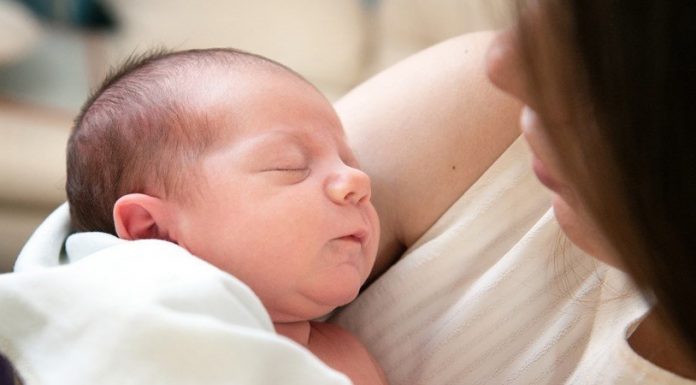(José Niño, Headline USA) As birthrates languish near all-time lows, some warn that the very fabric of American society could be at stake.
In 2024, just over 3.6 million babies were born-a rise of less than 1% from 2023, according to new federal data that the Wall Street Journal presented last Wednesday. The total fertility rate stood at about 1.63 births per woman, slightly above the record low set in 2023 but still well under the threshold required for generational replacement.
This ongoing pattern in U.S. births and fertility rates highlights how Americans are facing a mix of economic and social pressures, causing many women and families to postpone or opt out of having children altogether.
The Centers for Disease Control and Prevention highlights that a rate of 2.1 births per woman is needed for a generation to replace itself, but the 2024 figure was just 1.63.
The CDC’s provisional report also shows the fertility rate increased by less than 1% between 2023 and 2024. American women are having children later in life, with teen birth rates declining and rates rising for women in their 30s and early 40s.
The total fertility rate is an estimate of how many children a woman would have over her lifetime and is considered a snapshot of current trends, not a prediction of future choices.
The rate reached its peak during the post-WWII baby boom and has generally stayed below the replacement level since the 1970s, briefly approaching 2.1 in the mid-2000s prior to the global financial crisis. Since 2007, rates have steadily plummeted, with 2023’s 1.62 births per woman marking the lowest since tracking began in the 1930s.
The number of U.S. births has stabilized around 3.6 million since 2020, with 2024’s figure 16 percent below the 2007 peak of 4.3 million. Karen Benjamin Guzzo, director of the Carolina Population Center at UNC Chapel Hill, observed, “The U.S. births and fertility rates reported in 2024 appear to show general stability amid years of decline.”
In 2024, there were 3,622,673 births, a provisional count expected to rise slightly as more data is collected.
Birth rates for women in the 25–44 age cohort increased, while those for teens and women 15–24 fell. Younger Americans face more uncertainty, higher childcare costs, and student debt, making them more reticent about starting families.
Notably, the birth rate for women ages 40–44 rose by 2 percent, surpassing the rate for teenagers for the first time. “It signals a huge shift in Americans’ patterns of childbearing across age,” stated Leslie Root, assistant research professor at the University of Colorado Boulder’s Institute of Behavioral Science.
Hispanic and Asian women were the only groups to see a rise in fertility rates in 2024, with births to Hispanic mothers making up 27% of all U.S. births — a record figure. The share of children born to White mothers fell to 49%, the lowest on record.
The persistent drop in birth rates has drawn attention from the Trump administration. President Donald Trump recently indicated he is open to providing “baby bonuses” for families who have children.
For his part, Elon Musk, a top Trump adviser, has repeatedly warned that “civilization would suffer if birthrates continue to remain low.”
As the nation faces a future with fewer children, the debate over how to encourage family growth is only just beginning.
José Niño is the deputy editor of Headline USA. Follow him at x.c/JoseAlNino

